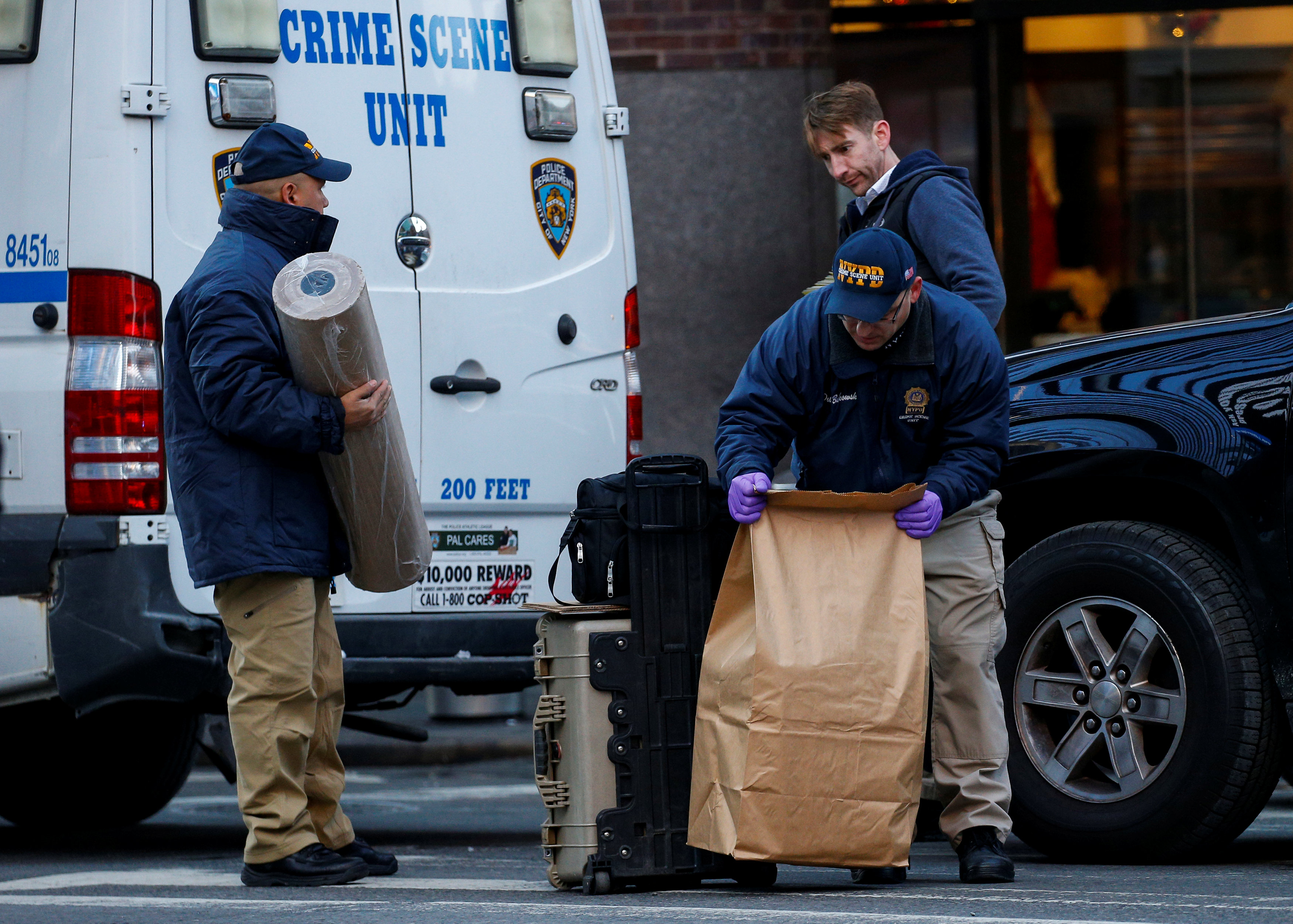
By Ricardo Ortiz
YAUCO, Puerto Rico (Reuters) – Puerto Rico Governor Wanda Vázquez said power should be fully restored across the island by Monday after the worst earthquake in over a century knocked out the U.S. territory’s biggest generating plant and left nearly all its 3 million residents without electricity.
Two days after the earthquake, only half of the Caribbean island had power, Puerto Rico’s top energy executive, José Ortiz, said on Thursday.
The Caribbean island’s largest power plant, Costa Sur, could remain off line for a year or more due to earthquake damage, Ortiz told a news conference, evoking memories of lengthy power outages following back-to-back hurricanes that devastated Puerto Rico in 2017.
But power should be completely restored by Monday as other generating plants came back online, Ortiz, executive director of public power utility PREPA, and Vázquez said at the news conference.
“Our projection, as you have heard, is that during the weekend, or Monday, we will have 100% of customers with energy services,” said Vázquez, who took office in August.
Tuesday’s 6.4 magnitude quake and 5.6 aftershock killed at least one person and destroyed or damaged about 300 homes in the south of the island.
The earthquake added to Puerto Rico’s woes as it continues to recover from Hurricanes Maria and Irma, which killed nearly 3,000 people in 2017, and go through a bankruptcy process.
Utility crews scrambled to fix downed lines on Thursday while residents relied on backyard generators to power lights, refrigerators and phone chargers.
Many people on the south of the island set up house outside, fearful another quake could collapse their homes.
“We are here trying to survive the situation, you know?” said Luis Rodriguez Melendez, sitting on a bed set up under a camping canopy in the hard-hit town of Yauco.
The quake shut down Puerto Rico’s power system as generating plants automatically went off line and Costa Sur, which supplied up to a third of electricity, suffered severe damage.
Puerto Rico needs remaining plants to operate at or near capacity to meet peak demand, Ortiz said.
Vázquez initially said power would be fully restored within 24 to 48 hours, but additional damage to plants and infrastructure was discovered, slowing the process.
“It’s a difficult moment,” said Yauco resident Bethzaida Lopez Pacheco, also at the shelter. “The fact that there’s no electricity makes it difficult for the elderly with conditions to manage, to manage their food, for people to care for their children.”
Ortiz did not rule out building a new power plant to replace the ageing Costa Sur facility. He also raised the prospect of bringing in temporary generators with aid from the U.S. Federal Emergency Management Agency and said PREPA was looking for a company to supply them.
(Reporting by Ricardo Ortiz in Yauco, Puerto Rico; Additional reporting by Daniel Trotta and Andrew Hay; Editing by Scott Malone, Richard Chang and Leslie Adler)







